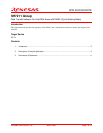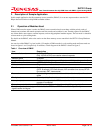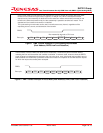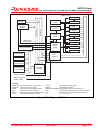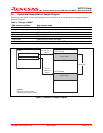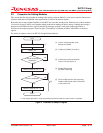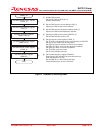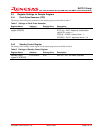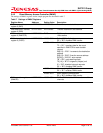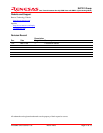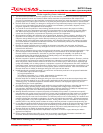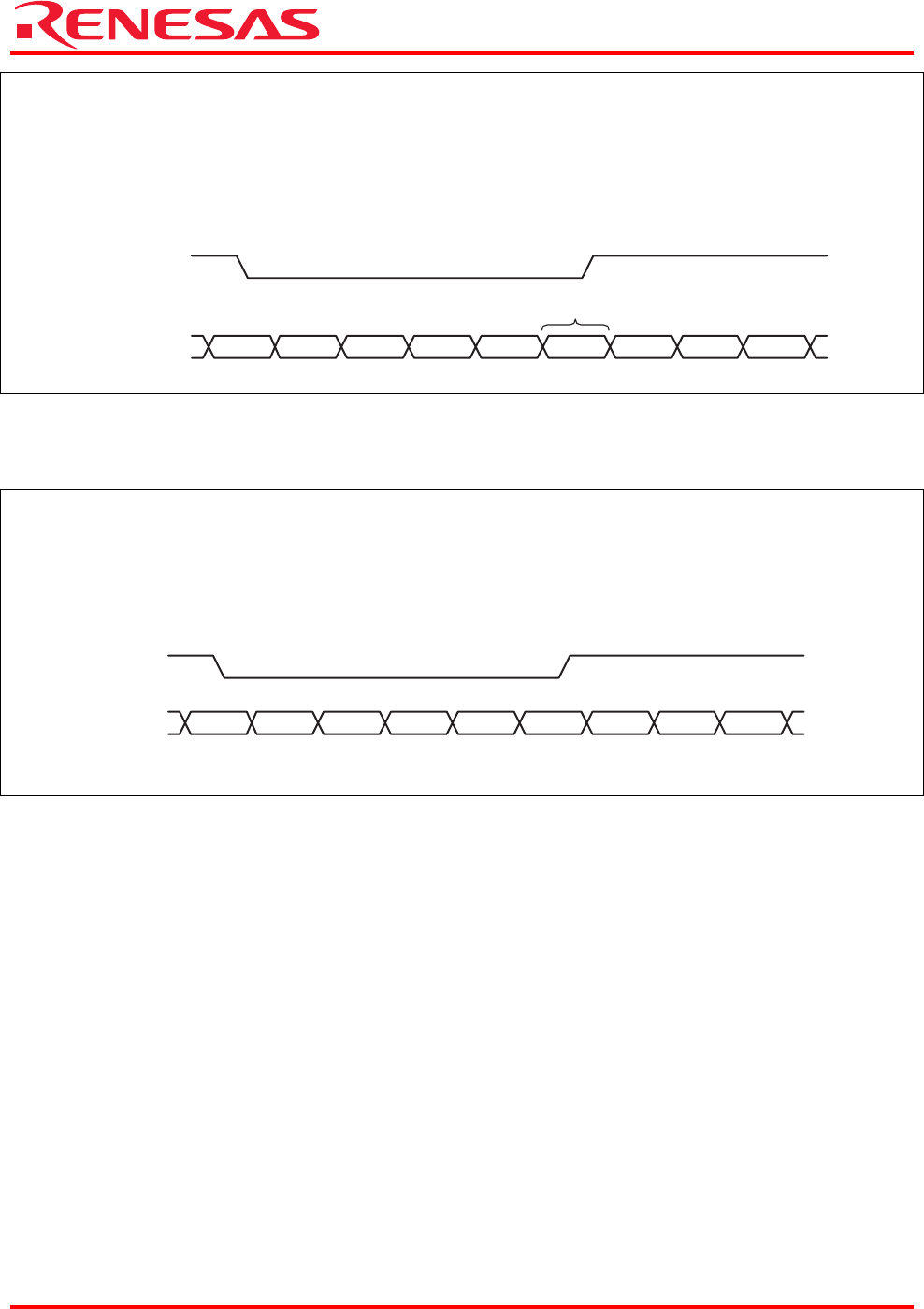
SH7211 Group
Data Transfer between On-chip RAM Areas with DMAC (Cycle-Stealing Mode)
REJ06B0732-0100/Rev.1.00 March 2008 Page 4 of 13
DREQ
Bus mastership returned to CPU once
Bus cycle
WriteRead WriteRead
CPU CPU CPU DMAC DMAC DMAC DMAC CPUCPU
In the normal mode of cycle stealing, bus mastership is given to another bus master after each DMA
transfer of one transfer unit (byte, word, longword, or 16-byte unit). When a subsequent transfer
request occurs, bus mastership is obtained from the other bus master and transfer proceeds for one
transfer unit. When that transfer ends, the bus mastership is passed to another bus master. This is
repeated until the transfer end condition is satisfied.
The cycle-stealing normal mode can be used in transfer across any interval, regardless of the
requesting source, source, and destination of the transfer.
Figure 1 DMA Transfer Example in Cycle-Stealing Normal Mode
(Dual Address, DREQ Low Level Detection)
DREQ
CPU CPU CPU
DMAC DMAC DMAC DMAC CPUCPU
Bus cycle
Read Write Read Write
In burst mode, once the DMAC has obtained bus mastership, it continues to perform transfer without
releasing the bus until the transfer end condition is satisfied. In external mode, however, when the DREQ
signal is being level-detected and changes to the non-active level, even if the tranfer end condition has not
been satisfied, bus mastership is passed to another bus master on completion of the DMA transfer request
for which the request has already been accepted.
Figure 2 DMA Transfer Example in Burst Mode (Dual Address, DREQ Low Level Detection)



